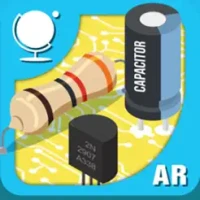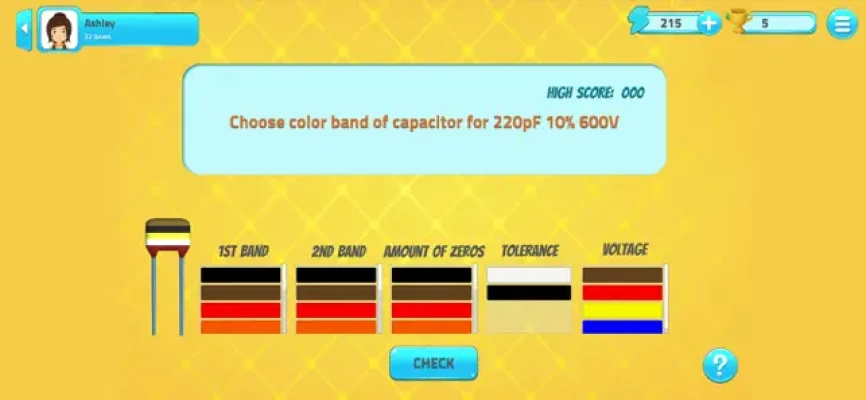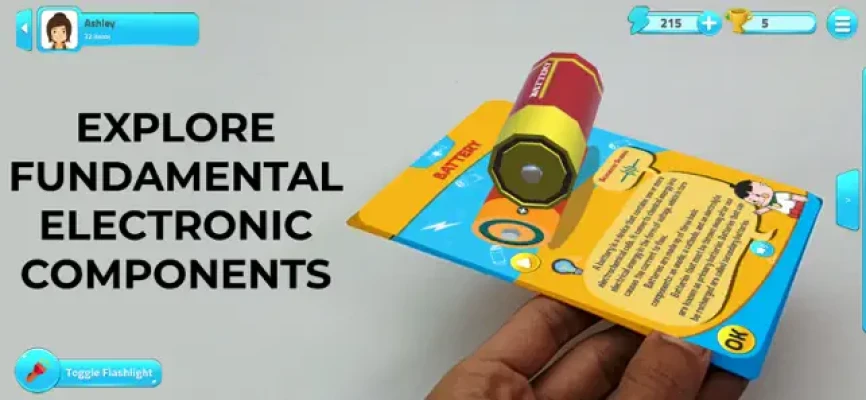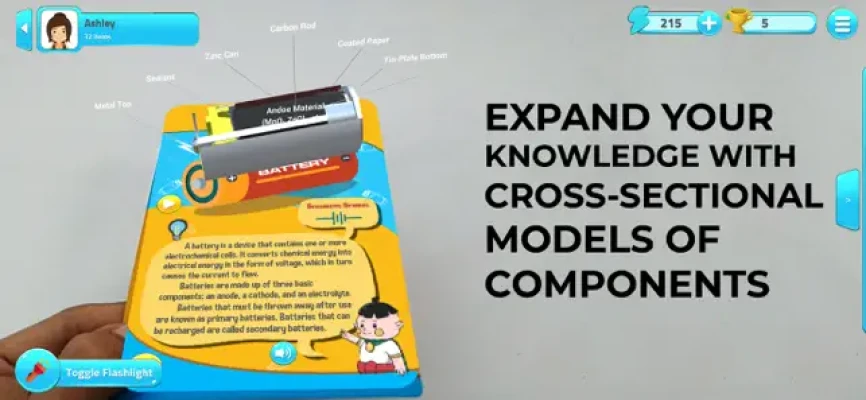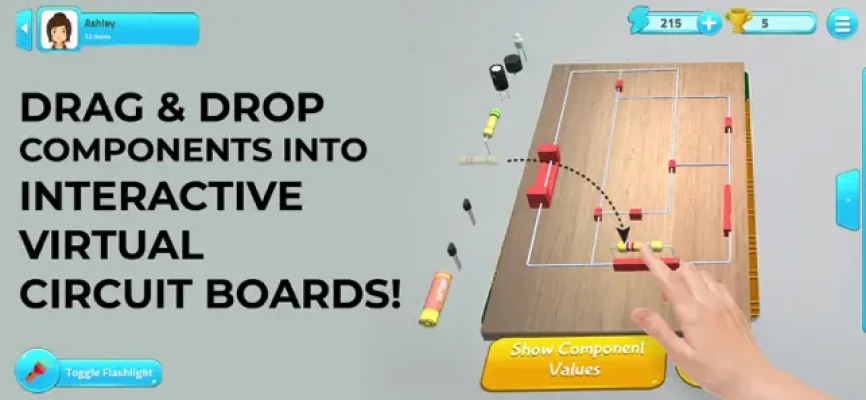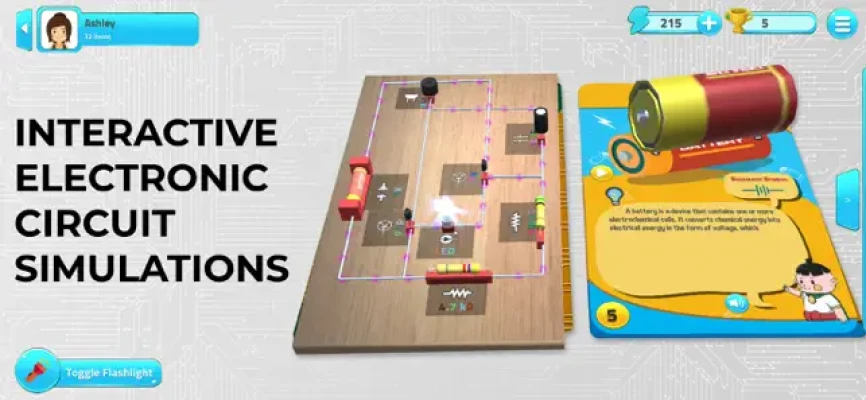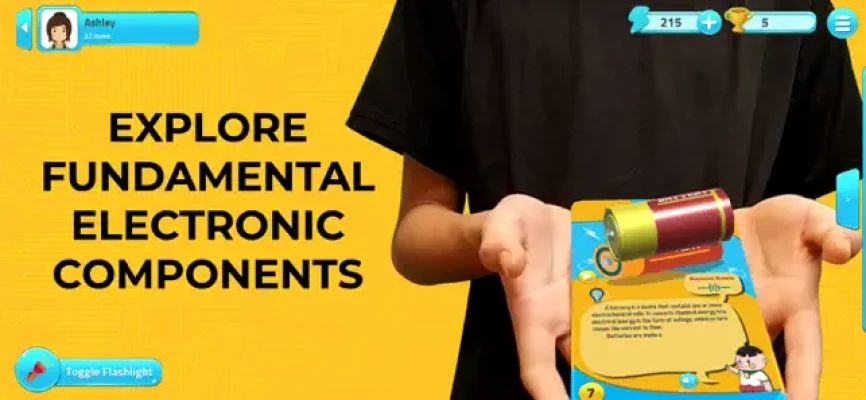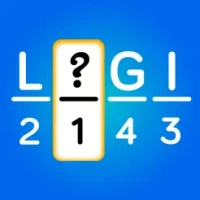
Latest Version
1.4.5\"},{\"releaseDate\":\"2024-12-14
October 19, 2025
360ed Pte Ltd
Games
iOS
281.1 MB
0
Free
Report a Problem
More About Electric Circuit AR
Revolutionizing Learning with Augmented Reality in Electronics Education
In today's fast-paced digital world, the integration of augmented reality (AR) into education is transforming how learners engage with complex subjects like electronics. By utilizing AR features, students can explore intricate internal structures of electronic components, enhancing their understanding and retention of knowledge.
Interactive Learning Through Augmented Reality
Augmented reality circuit games offer an innovative approach to grasping fundamental electronic theories and principles. These interactive platforms allow learners to drag and drop components in a 3D environment, enabling them to construct various circuit combinations effortlessly. This hands-on experience not only makes learning enjoyable but also reinforces theoretical concepts through practical application.
Comprehensive Learning Modules: Components and Circuits
Within the educational framework, the sections titled "LEARN COMPONENTS" and "LEARN CIRCUITS" provide detailed explanations of each electronic component and circuit. These modules are designed to break down complex information into digestible segments, ensuring that learners can easily comprehend the material. By focusing on individual components, students can build a solid foundation before progressing to more complex circuit designs.
Engaging Assessments: Mini-Games and Quizzes
To further enhance the learning experience, the platform incorporates mini-games and quizzes that assess learners' understanding of the material. These engaging assessments are rooted in the principles of gamification, making the educational journey not only effective but also enjoyable. By turning learning into a game, students are more likely to stay motivated and retain information.
The Benefits of Gamification in Education
Gamification in education leverages game-like elements to create a more engaging learning environment. This approach fosters a sense of achievement and encourages learners to explore topics more deeply. By incorporating challenges and rewards, students are motivated to progress through the material, leading to a more profound understanding of electronics.
Audio Narration: Your Personal Learning Guide
The inclusion of an audio narration feature serves as a personal guide throughout the learning process. This auditory support helps learners navigate complex topics, providing clarity and enhancing comprehension. By listening to detailed explanations, students can reinforce their understanding and retain information more effectively.
Conclusion: The Future of Electronics Education
As technology continues to evolve, the integration of augmented reality in electronics education represents a significant leap forward. By combining interactive learning, comprehensive modules, engaging assessments, and personalized audio guidance, this innovative approach not only makes learning fun but also ensures that students develop a robust understanding of electronic principles. Embracing these advancements will undoubtedly shape the future of education, making it more accessible and effective for learners everywhere.
Rate the App
User Reviews
Popular Apps

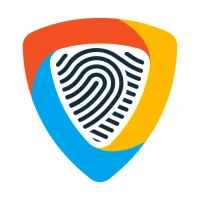








Editor's Choice










